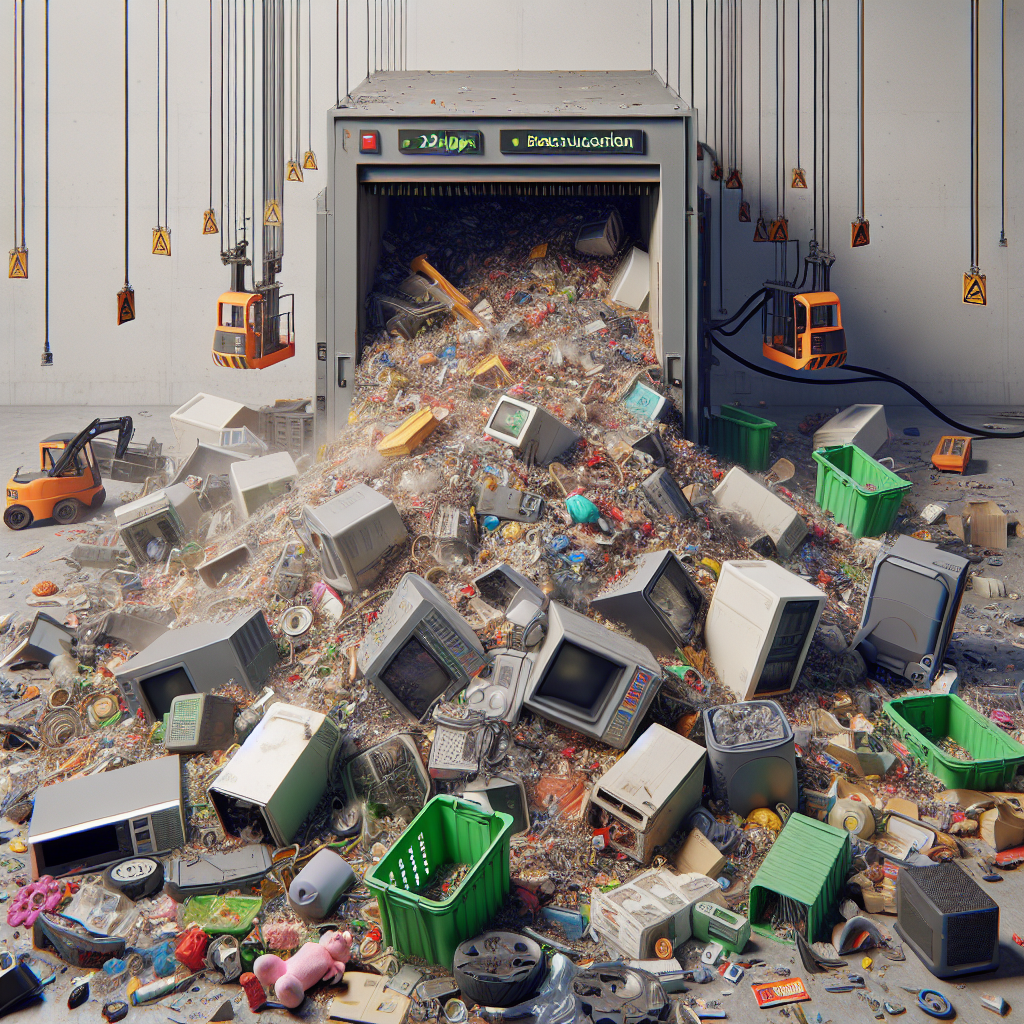Blog Ecobraz Eigre

Recall: destruction of unsafe products - what evidence does Senacon/ANVISA accept?
Understanding the Recall and the Importance of Destroying Unsafe Products
The recall is an essential measure to protect consumers by removing products from the market that are considered unsafe and could cause damage to health or safety. Senacon (the National Consumer Secretariat) and Anvisa (the National Health Surveillance Agency) are key bodies in this process, evaluating evidence to validate the need to recall and destroy products.
Which Products are Subject to Recall?
Products that present risks to health, safety or that are in disagreement with technical standards, such as contaminated food, medicines with inconsistent safety data, cosmetics with banned ingredients, defective medical devices and electronic products that cause shocks or fires, are subject to recall. Anvisa mainly regulates health and hygiene products, while Senacon acts in general consumer protection.
Evidence Accepted by Senacon and Anvisa to Authorize the Recall
To authorize the recall and consequent destruction of products, robust evidence is required, which includes:
- Laboratory reports: analyses revealing contamination, the presence of prohibited substances, technical or chemical flaws;
- Technical reports: assessments made by professionals, indicating risks and product flaws;
- Consumer notifications: reports of adverse occurrences, accidents or dissatisfaction that prove the risk;
- Regulatory documentation: data on non-compliance with quality and safety standards;
- Inspections and audits: on-site checks that confirm irregularities;
- Health surveillance reports: official evidence presented by Anvisa on the danger of the product.
Procedures for Destroying Unsafe Products
Once the risk has been proven and the recall has been approved, the recalled products must be destroyed. Senacon and Anvisa advise that this destruction be documented and carried out in an environmentally correct manner to avoid additional impacts. Destruction can take place using methods such as incineration, crushing or another approved process. In addition, the entire operation must be accompanied by reports proving the final disposal of the items.
Responsibilities and Transparency in the Recall Process
It is essential that those responsible for the product maintain transparency with the regulatory authorities and the public, correctly disclosing the recall, the reasons that led to it, the return guidelines and the destruction procedures. The evidence presented must be available for audits and to verify the effectiveness of the recall.
Conclusion
The recall process and the destruction of unsafe products are fundamental for consumer protection and maintaining confidence in the market. Senacon and Anvisa require concrete evidence such as reports, technical reports and notifications to authorize these actions, ensuring that risks are adequately mitigated.

Deixe um comentário
O seu endereço de e-mail não será publicado. Campos obrigatórios são marcados com *